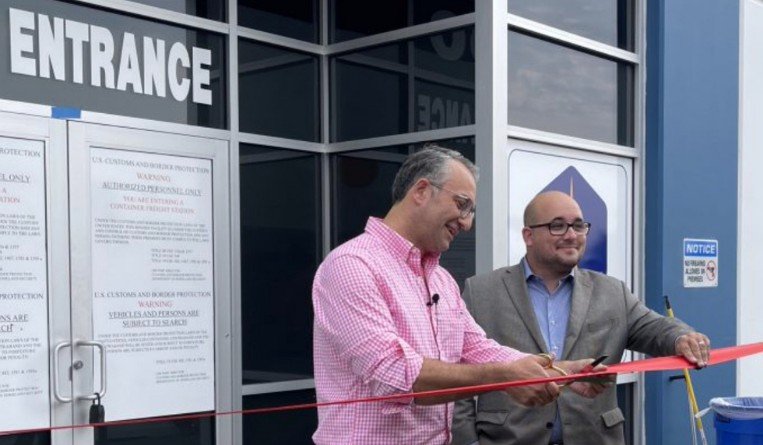The surge in air freight volumes, coupled with capacity constraints, has turned many gateways into clogged up bottlenecks. Chicago O’Hare (ORD) has come dangerously close to becoming a black hole.
Traffic has been rampant. The airport reported 14.8% growth in throughput last year, and 2021 has brought no relief. In the first six months of this year, international freight surged 46%.
This has overwhelmed ORD’s cargo infrastructure, which is further exacerbated by a shortage of warehouse staff.
“There’s only so much capacity,” said Edip Pektas, CEO of handling company MIC Cargo. “The handlers are the biggest bottleneck.”
Frustrated forwarders have reported that it can take up to 10 days to retrieve cargo from the airport after it has landed. According to some reports, it can take weeks to find cargo in some warehouses, owing to a severe shortage of workers in the facilities. Outside the terminals, trucks often wait for hours to pick up a load.
The situation has prompted some desperate measures. One logistics firm has taken to sending a truck with a forklift and a team of workers to the airport to retrieve cargo directly from warehouses.
A more common approach is to avoid handing any loose cargo to airlines if it is headed for ORD, as pallets built by carriers with shipments from multiple customers usually take the longest to crawl through the system. Many forwarders only send full ULDs to the airport.
Others try to avoid ORD altogether. Rockford International Airport, a one-hour drive away, has experienced a surge in traffic that stems in part from airlines or forwarders with dedicated freighter lift flying there to avoid the congestion at ORD. Flexport is going even further afield. It is using ‘preighter’ capacity of Air Canada for multiple weekly flights to Toronto and trucks the freight in bond across the border – an eight-hour drive to Chicago.
MIC has managed to avoid the paralysis that has hit other handlers. According to Pektas, the average truck dwell time at its facility is 55 minutes. He said that the company handles 2.5 million kilograms a week, with room for more.
It helps that MIC performs ramp handling as well as the warehouse operation. It has renewed its ramp equipment. “We can handle multiple flights at the same time,” said Pektas.
Another crucial factor is a ULD bypass system, which allows containers and pallets built by shippers or forwarders to be ready for pickup two hours after arrival, while loose freight is made available within six hours. Except for traffic from one airline customer, full ULDs are ferried off airport to a new import facility.



